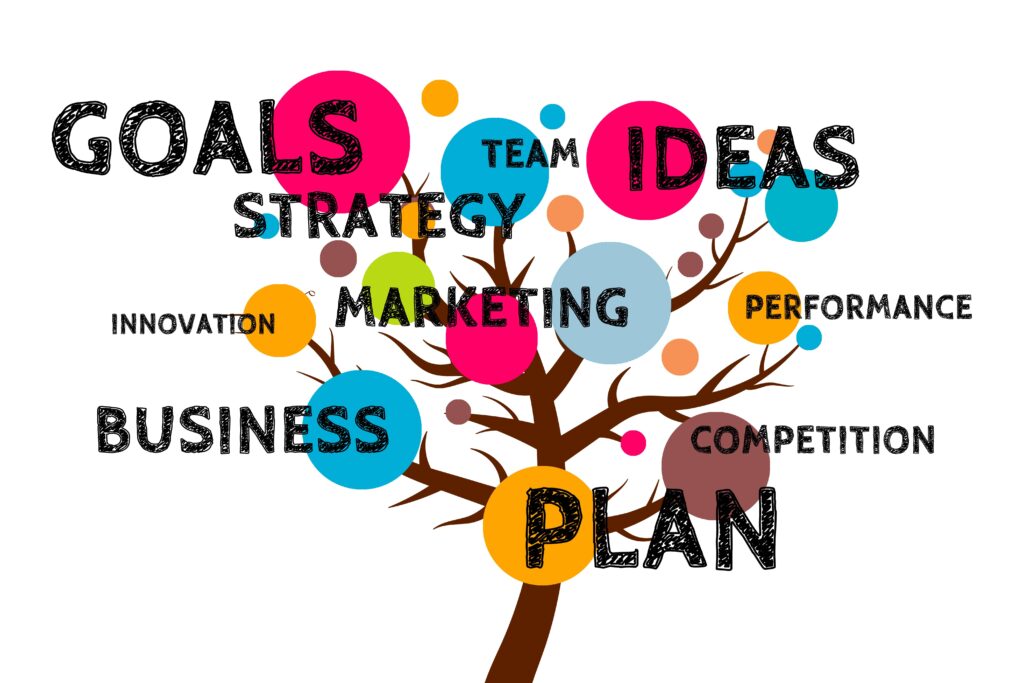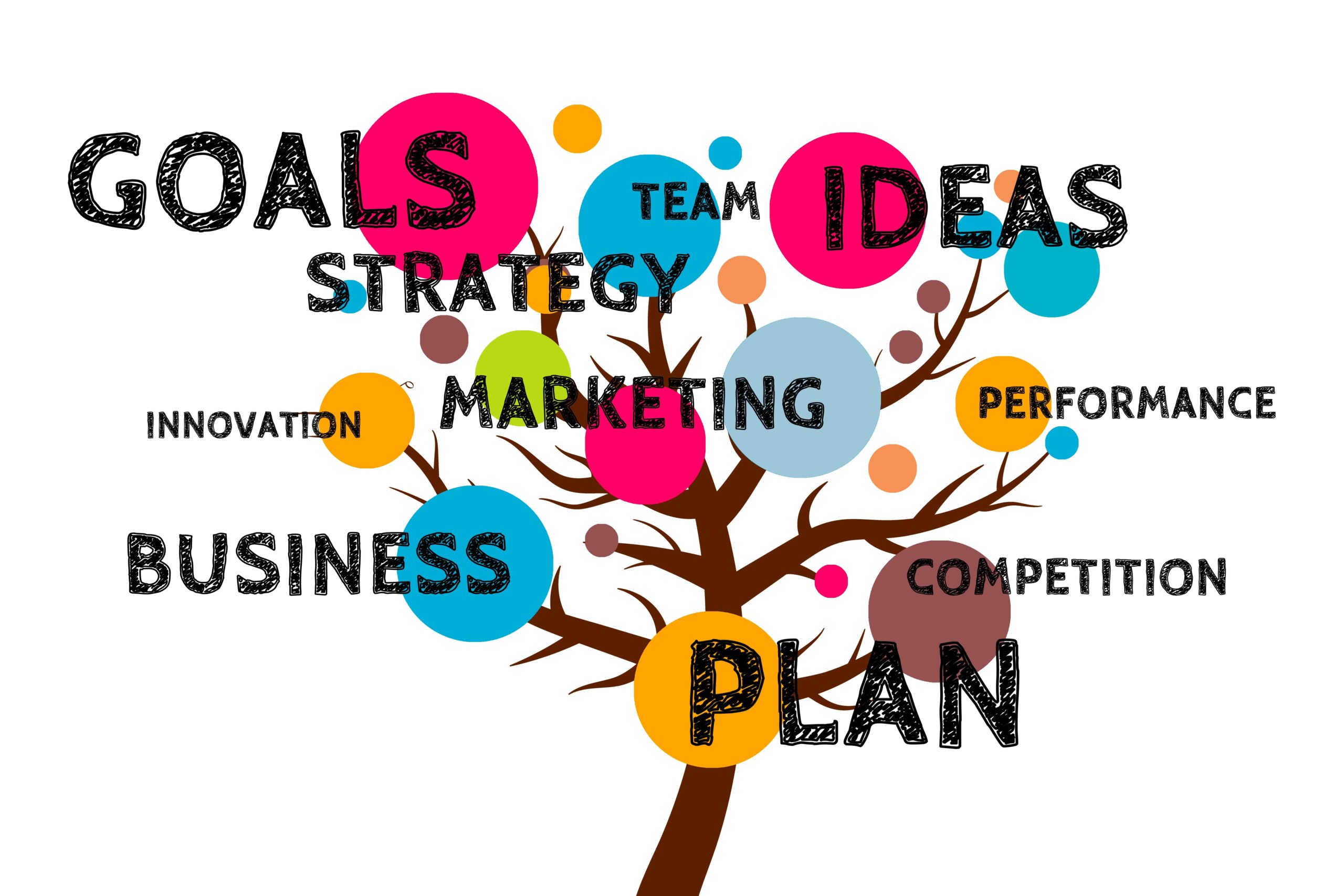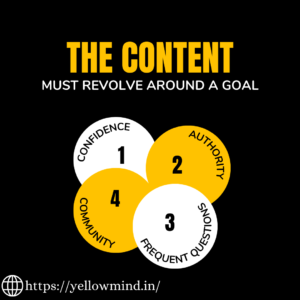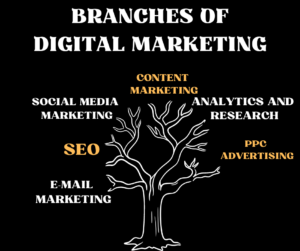Facebook ads have emerged as a cornerstone of modern advertising strategies, playing a pivotal role in the digital marketing landscape. The platform’s extensive reach, advanced targeting capabilities, and versatile ad formats have contributed to its undeniable importance in today’s business world.

First and foremost, the sheer user base of Facebook is staggering, with over 2.8 billion monthly active users. This immense audience provides businesses with an unparalleled opportunity to connect with potential customers on a global scale. Whether a company is a small local business or a multinational corporation, Facebook’s wide user base allows for targeted advertising that can tailor messages to specific demographics, interests, behaviors, and even locations.
The precision of Facebook’s ad targeting is another compelling reason for its significance. Businesses can leverage the wealth of user data collected by the platform to design campaigns that reach their ideal audience. This personalized approach minimizes wasted advertising spend by ensuring ads are displayed to users who are most likely to be interested in the product or service being offered. The ability to target based on demographics, interests, online behaviors, and even past purchasing history empowers advertisers to create highly relevant and engaging content.
Moreover, Facebook offers a variety of ad formats, from image and video ads to carousel and canvas ads. This flexibility allows businesses to experiment and find the format that best resonates with their target audience. The visually engaging nature of these formats enables brands to convey their message in a captivating manner, making it more likely for users to stop scrolling and pay attention to the ad content.
The social nature of Facebook also enhances the importance of its ads. Users often interact with posts, sharing, liking, and commenting, which can create a snowball effect of organic visibility for ads. This engagement is a valuable metric for businesses to gauge the effectiveness of their campaigns, and it can also generate social proof as users see their friends engaging with certain brands or products.
In terms of cost-effectiveness, Facebook’s ads are often more affordable than traditional advertising methods, making them an attractive option for businesses with varying budget sizes. The platform allows for precise control over spending, whether on a daily or lifetime budget basis and provides real-time insights into the performance of ads. This data-driven approach empowers advertisers to optimize campaigns in real-time, ensuring that resources are allocated where they yield the best results.

https://www.instagram.com/yelloww.mindd/
The importance of mobile compatibility cannot be overlooked either. With a significant portion of users accessing Facebook via mobile devices, the platform’s mobile-friendly ad formats ensure a seamless experience for users across different devices. This adaptability is crucial in a world where mobile browsing continues to dominate.
Furthermore, Facebook’s ads facilitate retargeting, which involves showing ads to users who have previously interacted with a brand but didn’t complete a desired action, such as making a purchase. This strategic approach keeps brands top of mind and increases the likelihood of conversions by targeting users who have already shown interest.
Facebook’s analytics and insights tools provide advertisers with a wealth of data to measure the success of their campaigns. Metrics such as click-through rates, conversion rates, engagement levels, and return on ad spend offer invaluable insights into campaign performance. This data-driven feedback loop enables marketers to refine their strategies and make informed decisions for future campaigns.
The shareability of Facebook ads is another factor that contributes to their importance. Users who find an ad relevant, entertaining, or valuable are likely to share it with their friends and followers, leading to expanded reach through organic word-of-mouth marketing.
Collaboration is also facilitated through Facebook’s ads. Businesses can collaborate with influencers or complementary brands to create co-branded content that reaches a wider audience. This approach can be particularly effective in building credibility and tapping into the influencer’s established fan base.
Facebook’s continuous innovation is a testament to the platform’s commitment to staying relevant in the ever-evolving digital landscape. From introducing new ad formats to refining targeting options and improving ad delivery algorithms, the platform’s dedication to providing a cutting-edge advertising experience further cements its importance in the marketing mix.
Furthermore, the integration of Instagram into Facebook’s advertising ecosystem expands the reach even further, allowing advertisers to tap into Instagram’s visually driven user base. This integration provides seamless cross-platform advertising opportunities, enhancing the overall effectiveness of Facebook’s ads.
For businesses seeking to build a strong online presence, establish brand identity, and drive conversions, Facebook’s ads offer a multifaceted solution. The platform’s comprehensive suite of tools, coupled with its expansive user base and dynamic ad formats, positions it as a cornerstone of modern advertising strategy. By harnessing the power of Facebook’s ads, businesses can connect with their target audience in meaningful ways, driving growth and success in the digital age.
WHAT ARE THE KEY BENEFITS OF USING FACEBOOK ADS ?

Facebook ads offer a wide range of benefits for businesses and marketers looking to reach their target audience and achieve their marketing goals. Here are some key benefits of using Facebook ads:
Massive User Base: With billions of active users, Facebook provides an immense audience for businesses to connect with. This user base includes diverse demographics, allowing advertisers to reach a wide variety of potential customers.
Advanced Targeting: Facebook’s targeting options are incredibly precise. Advertisers can define their audience based on demographics, interests, behaviors, location, and even specific connections, ensuring their ads are shown to the most relevant users.
Cost-Effective: Facebook ads can be highly cost-effective compared to traditional advertising methods. Advertisers have control over their budget, and campaigns can be tailored to fit different spending levels.
Various Ad Formats: Facebook offers a range of ad formats, including image ads, video ads, carousel ads, slideshow ads, and more. This diversity allows advertisers to choose the format that best suits their message and engages their audience effectively.
Mobile Reach: With a large portion of users accessing Facebook via mobile devices, ads are optimized for mobile viewing, ensuring a seamless experience and better engagement on smartphones and tablets.
Engagement Opportunities: Facebook’s social nature allows users to interact with ads by liking, sharing, and commenting. This engagement can lead to increased organic visibility and word-of-mouth promotion.
Retargeting: Advertisers can use Facebook’s retargeting features to show ads to users who have previously interacted with their brand, increasing the likelihood of conversions and purchases.
Measurable Results: Facebook provides detailed analytics and insights that allow advertisers to track the performance of their campaigns in real time. This data helps refine strategies and optimize campaigns for better results.
Flexible Campaign Goals: Whether the objective is brand awareness, website traffic, lead generation, or conversions, Facebook ads can be tailored to meet various campaign goals and objectives.
A/B Testing: Advertisers can easily run A/B tests to compare different ad elements, such as images, headlines, and calls to action. This helps identify what resonates best with the audience.
Geographical Targeting: Businesses can target specific geographic areas, making Facebook ads especially useful for local businesses and events.
Creative Freedom: Advertisers have the freedom to design visually appealing and engaging ad content using a combination of images, videos, and text, capturing the attention of users as they scroll through their feed.
Access to Instagram: With Instagram integrated into the Facebook Ads Manager, advertisers can extend their reach to a younger and visually focused audience.
Customizable Placements: Advertisers can choose where their ads are displayed, whether it’s in the Facebook News Feed, Instagram, Audience Network, or Messenger, allowing them to tailor their reach.
Real-time Optimization: Facebook’s algorithms automatically optimize ad delivery based on performance data, ensuring that ads are shown to users who are most likely to engage or convert.
In conclusion, the benefits of Facebook ads lie in their ability to connect businesses with a vast audience, leverage precise targeting, and provide a cost-effective, measurable, and engaging advertising platform that can help achieve a wide range of marketing objectives.
HOW ARE FACEBOOK ADS DIFFERENT FROM TRADITIONAL ADS?
Facebook ads and traditional ads differ in various ways due to the platforms they’re presented on, the targeting options, user engagement, cost structure, and overall effectiveness.
Here are some key differences between Facebook ads and traditional ads:
Platform and Medium:
Facebook Ads: These are digital ads displayed on the Facebook platform, as well as on Instagram (which is owned by Facebook). They are primarily seen on users’ news feeds, stories, and other placements within social media platforms.
Traditional Ads: These are non-digital ads that include print ads (newspapers, magazines), broadcast ads (TV, radio), outdoor ads (billboards, posters), and direct mail (postcards, flyers).
Targeting Precision:
Facebook Ads: These offer advanced targeting options based on demographics, interests, behaviors, and online activities. Advertisers can reach specific audiences based on their characteristics and online behavior.
Traditional Ads: Targeting is generally broader and relies on the media’s general audience demographics rather than specific user behaviors.
Engagement and Interaction:
Facebook Ads: Users can engage with ads by liking, sharing, commenting, or clicking through to the advertiser’s website. This level of interaction can lead to increased organic visibility and user-generated content.
Traditional Ads: Interaction with traditional ads is limited; users can’t directly engage with them like digital ads.
Cost Structure:
Facebook Ads: Often have more flexible budget options, allowing advertisers to set daily or lifetime budgets. Costs can be based on impressions (CPM), clicks (CPC), or other actions (e.g., conversions).
Traditional Ads: Typically have fixed costs associated with ad placement, and the pricing structure can vary widely depending on the medium (TV, print, radio) and the ad’s reach.
Measurement and Analytics:
Facebook Ads: Offer robust analytics, providing real-time data on ad performance, engagement metrics, and conversion tracking. This data helps advertisers optimize campaigns as they run.
Traditional Ads: Measuring the exact impact of traditional ads can be challenging, and insights are often limited to estimated viewership or circulation figures.
Geographical Reach:
Facebook Ads: These can be targeted to specific geographic areas, making them useful for both local and global businesses.
Traditional Ads: Geographic targeting can be limited, especially in the case of national broadcasts or publications.
Speed of Delivery:
Facebook Ads: These can be created and launched relatively quickly, with ads going live within hours or days.
Traditional Ads: Production and distribution of traditional ads can take longer due to printing, airing schedules, and physical distribution.
Ad Format and Creativity:
Facebook Ads: Offer various ad formats, including images, videos, slideshows, and carousels. Advertisers have more creative freedom to experiment with content.
Traditional Ads: Formats are often fixed (e.g., 30-second TV spot, full-page print ad), leaving less room for experimentation and adaptation.
Audience Size and Reach:
Facebook Ads: Provide access to a vast and diverse global audience, allowing businesses to target niche markets effectively.
Traditional Ads: Audience reach can vary based on the medium and geographic coverage, potentially limiting exposure to certain demographics.
Ad Duration and Flexibility:
Facebook Ads: Can be launched for short durations, such as a few days or weeks, and can be easily paused or modified.
Traditional Ads: Often require longer lead times and more fixed schedules, making last-minute changes challenging.
In summary, while both Facebook ads and traditional ads have their own advantages and disadvantages, the digital nature of Facebook ads allows for more precise targeting, interactivity, measurable results, and flexibility, making them particularly effective in the dynamic landscape of modern advertising.




